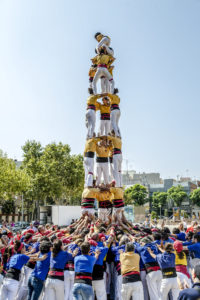
I would like to draw an analogy between the Buddha and Laban. After Buddha died, it fell to his disciples to carry on his teachings. Buddha did not record his ideas; all his teaching was oral. Moreover, he didn’t necessarily say exactly the same thing to every disciple. Consequently, many schools of Buddhism have sprung up, each claiming “authority by association.”
A similar thing occurred with Laban. As he studied movement in different contexts, he kept modifying his theoretical ideas, which he conveyed to different disciples at different times. Thus various claims of “I have the authoritative version of Laban’s ideas” have sprung up in the wake of Laban’s death.
The generation of disciples who worked directly with Laban (and can legitimately claim “authority by association”) is passing. Those who follow Laban today are not dependent on an oral tradition. There is a substantial body of literature available that discusses key concepts and symbols deriving from the work of Laban and his students and colleagues.
If we respect the Laban legacy, we are obliged to know its history and the evolution and established meaning of key concepts and symbols. We can see further and more clearly by “standing on the shoulders of giants;” that is, by building on the foundation of those who have gone before. Find out how in the next blogs.
